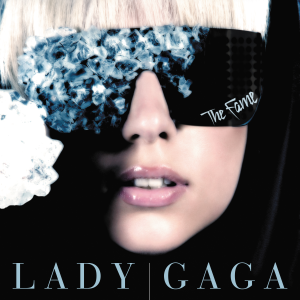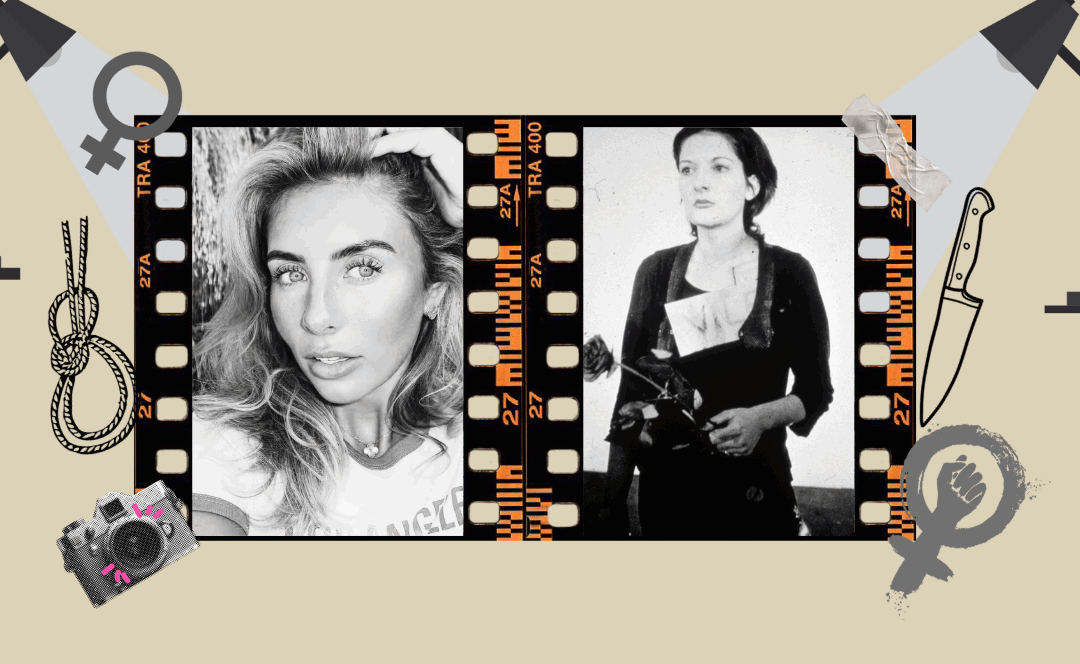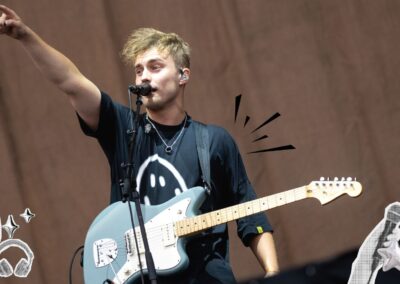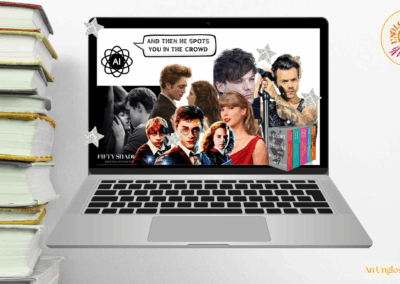Pop music is often seen as an insight into our wider culture, and with Lady Gaga’s new music, and a resurgence of recession pop, are we entering into a recession?
Sometimes a simple meme can really hit the nail on the head: “The club is bumping, the ladies look good, the alcohol is flowing. There’s so much pain in the world, but not in this room.” I’m really hoping you’ve all seen that one, but either way it’s a great reflection of how a lot of people are feeling at the minute.
Recent pop music releases have shown a trend. They’ve been somewhat mirroring the 2010’s ‘recession pop’ hits that have been celebrated on social media in recent months. Since last summer, Charli has given us Brat, Sabrina served us Espresso, and Gaga unleashed Mayhem. There’s no doubt that these hugely popular tracks have been faster, higher energy and generally reflective of pop music from 15 years ago.
Joe McGough, a history student, and self proclaimed Little Monster, applauds this trend. He said: “I’ve especially loved Mayhem, and I feel like for some time I’ve wanted some proper dance pop. That’s the thing with Mayhem – it’s exactly like Gaga’s older work.
“I think the whole thing about recession pop is so valid, like yeah, people aren’t doing too well, and I guess just like in the early 2010’s, they want music that lifts their spirits.”
That’s exactly why these new releases resonate – they tap into the same energy that made Firework, Just Dance, and Timber unavoidable earworms.

Speaking to CNBC last July, Dr Joe Bennett, a professor at the Berklee College of Music explains: “It was all about dancing and having a good time, in contrast to the actual economic circumstances. They were feel-good songs to get us out of a difficult time and they were the medicine we needed.”
But why now, when it’s not even clear if we’re in a recession or not? University of Sheffield sociologist Dr Matthias Benzer says: “The industries that sell us culture are extremely knowledgeable about how we react and what we consume. They’re very good at determining what we’re nostalgic for, capturing certain nostalgia and reinforcing it in people.”
I suppose that if the labels research what we want and give that to us, then at the end of the day we’re getting what we wanted. The demand is there for a whole host of reasons, be it the nostalgia, the fun social media posts, or just the trend cycle doing its thing of reviving stuff. However, according to Dr Benzer, the actual reason for this genre making a comeback is just market research finding the next profitable thing.
And while this resurgence of high-energy, early 2010’s-inspired pop might not be a great indicator of the stock market’s performance, nowadays it’s more about escapism. The sound itself offers a getaway, and the throwback elements let us mentally revisit a time that feels simpler, which in this case is the 2008 recession.
Dr Benzer explains: “People are stressed, they have stuff to do, they’re insecure, they don’t know what’s happening tomorrow. Everybody feels up to their eyeballs in their problems, so nostalgia is almost like taking a holiday.”
This definitely isn’t the first time that music has served as a form of escapism, either. Ralph Rybak explains in Psychology Today that music has historically been shown to have had positive impacts on our mental health, and Karly Pikel from the University of South Carolina found in their research that 74.2% of students use music as a coping mechanism often, if not daily.
It seems fitting that now, more than ever with uncertainty around us, people look for something fun to take their mind off things. Joe says: “There’s so much going on right now that we have no control over. It’s kind of like the 2008 recession, you know? No one could do anything about it so the music focused on distracting people from that, and now it does the same thing. I think that helps a lot of people.”
It’s worth noting that the nostalgia of recession pop isn’t actually for the recession, when millions of people globally lost their jobs, savings, and livelihoods in a financial crisis, but for the music, culture, and vibes of a simpler time. What’s more, most of us were far too young to even know what a recession was in 2008, and have no direct memory of it.
Dr. Benzer adds: “It’s easy to be nostalgic for the 2008 recession if you didn’t have any major problems back then, and everything since then has been okay. So it’s easy to reminisce about a past that led you to the present because you are around now and you’re fine.”
This nostalgia cycle is nothing new – we’ve seen it before. The Y2K revival, Tumblr-era indie sleaze, and now, the high-energy dance anthems of the early 2010’s. These trends don’t exist in a vacuum; they take shape on our For You pages. Viral clips resurface, 2010’s-inspired makeup tutorials and dances go viral, and the artists behind recession pop are well aware of it all.
Joe says: “Artists like Charli use trends to their advantage, like when Brat was probably the biggest trend of last summer. What I’m worried about, though, is that it’ll blow over too quickly, because social media always speeds things up. I don’t want this genre of music to die down.”
Pop trends move fast, but nostalgia remains one of the most powerful forces in music. It’s not just about the songs themselves but the memories attached to them. Every few years, we look back a decade or so and romanticise a past version of pop culture – not necessarily for what it was, but for how it felt.
Dr. Benzer notes that nostalgia helps anchor us in uncertain times. With everything from the economy to social media algorithms feeling unstable, it makes sense that people are reaching for something familiar.
Who knows where recession pop will go? Maybe it’s just a phase, or maybe we really will follow our Spotify playlists into an actual recession – where these songs will once again become the soundtrack to escapism. Either way, the feeling remains the same: “The club is bumping, the ladies look good, the alcohol is flowing. There’s so much pain in the world, but not in this room.”












